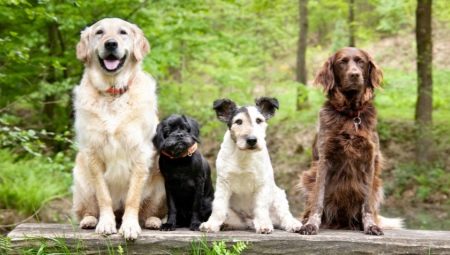Dogs are faithful companions of man for thousands of years. They accompany him in big cities and in small villages, in the mountains and forests, in peace and wartime. Therefore, it is important to understand what breeds exist, where and how they can be used.
How many breeds exist?
The answer to this question is very complicated, even if all the information of modern zoology and systematics is taken into account. Moreover, each breed has several colors, and the sizes of individuals can vary greatly. The earliest known dogs initially served as watchmen and helper in the hunt. Later, their separation according to specific tasks began. The field of application of individual breeds has changed markedly over time, sometimes repeatedly.
It is not possible to establish the final exact number of breeds for another reason. Namely, because cynological associations of different countries give different estimates of their number. It is all about applying dissimilar criteria, and in many ways also being biased towards national priority. The World Cynological Federation has compiled a list of approximately 400 breeds. But this list is replenished, because new breeds are periodically bred.
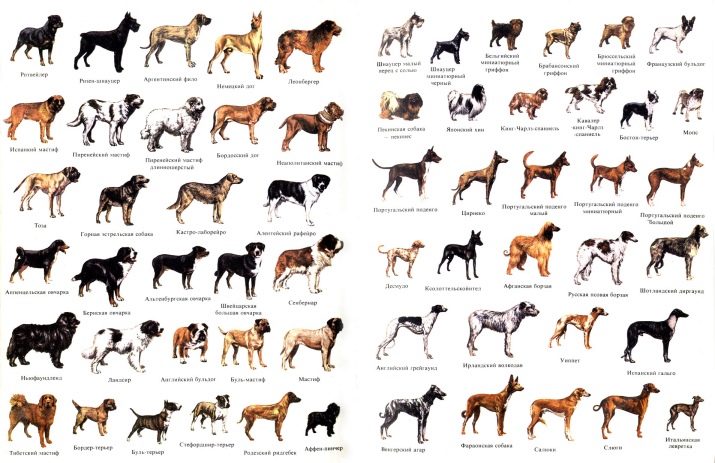
Classification
One way or another, but the need to streamline and systematize dog breeds arose long ago. The very first division predictably turned out to be gradation in functional purpose. The most massive group of four-legged pets are guard dogs. Their size is not necessarily large (contrary to a common stereotype), but in any case they have several common features:
flexible disposition towards the owners;
easy training;
compulsory education and systematic education;
high intellectual level.
From the last circumstance, it directly depends on whether the pet can recognize a dangerous situation and correctly respond to an outwardly similar, but harmless, set of circumstances. For a long time, shepherd dogs played an equally important role in human life. For them, in addition to intellectual qualities, the herd tracking skills are also significant. Quite courageous animals were traditionally selected for such a “service”, which would be ready to engage in battle with an aggressive predator.
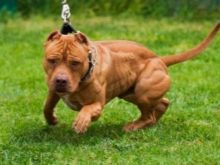

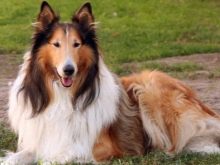
If among shepherd animals shepherds dominate undividedly, then barking dogs with rare exceptions are terriers. Despite the reduction in the popularity of boating to a minimum, they remain in demand due to:
significant energy;
vigorous temperament;
suitability for maintenance in a big city.
Together, these qualities make these breeds excellent companions.
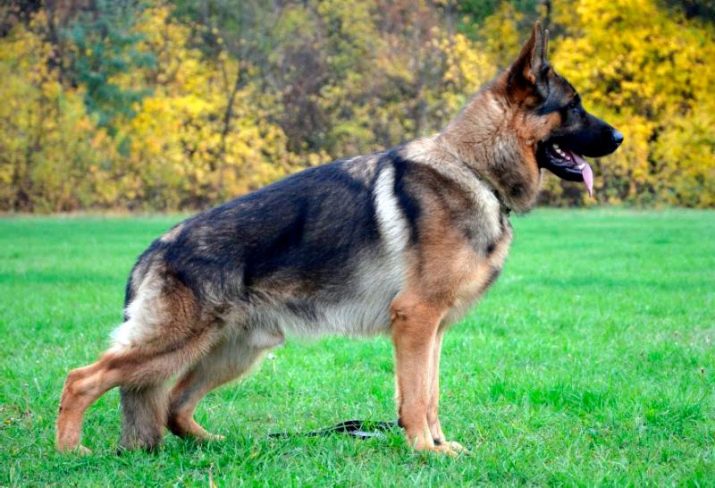
The next category is the so-called primitive, they are also indigenous or native, breeds. There is nothing offensive in the word "primitive" here. The point is that the role of human intervention in the formation of these types is relatively small. It came down to the selection by nomadic peoples of the northern regions of Eurasia and North America of certain animals for the transport of people and goods, for hunting and protection.
Bright examples of native breeds:
likes;
Husky
Spitz
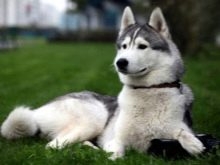

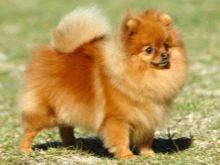
The next group of thoroughbred dogs is the so-called gundogs. They are characterized by an excellent reaction to what is happening around and an excellent sense of smell.
Good cops are flexible.
This allows us to consider them also excellent partners. Often, representatives of this breed group, such as the setter and pointer, participate in exhibitions and even win in them.
In hunting, they often use another group of pets - hounds. They are able to track down various animals and pursue them even with fast flight. Decent hounds differ:
devotion
minimal whimsical content;
self-sufficiency;
addiction to vagrancy.

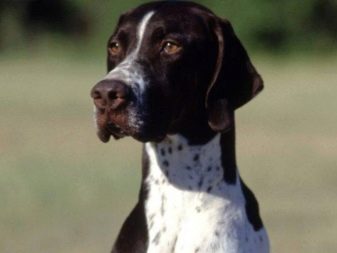
But the true "elite" of hunting dogs are greyhounds. They are characterized by:
endurance;
excessive stubbornness;
beautiful view.
Of the shortcomings, it should be noted that greyhounds are poorly trained.
They bring real benefit only in the hands of experienced owners. The last of the generally accepted international classification groups are decorative dogs. For the most part, they are small (although this is not necessary).
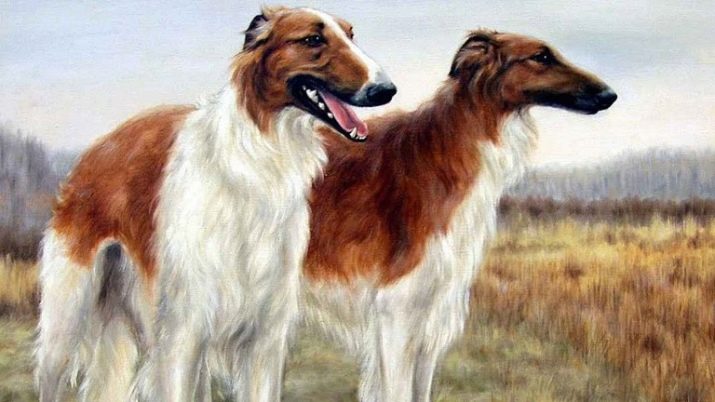
In different states and individual dog associations, a different approach to the classification of breeds may be practiced. For practical purposes, breeders sometimes divide their pets by size. Dwarf animals are appreciated by those who live in a small apartment or modest house.
Such individuals do not require long walking and can be left alone in the house.
Among miniature breeds, there are much more centenarians than large varieties. True, the problem often becomes:
susceptibility to various diseases;
instability of the psyche;
the need for sophisticated care.
Just small pets (up to 0.4 m at the withers, weighing a maximum of 10 kg) are valued for their friendly disposition, curiosity and orientation to the person. Such animals can already be safely taken with you for a walk or jog in the park and even on a long hiking trip. They are kept in houses and apartments, but they are hardly suitable for cages.
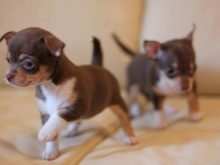
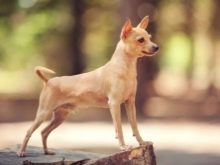
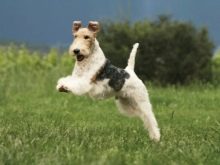
Medium breeds (such as fox terriers) are excellently trained and become excellent companions for children. But large individuals are used mainly for security, watchdog purposes and as shepherds.
An important role is played by the dog’s coat.Completely bare breeds are hypoallergenic, but less resistant to frost than hardcoated and shaggy varieties. Moreover, not all people like them outwardly. Also distinguish:
smooth coat;
longhair;
furry tetrapods.
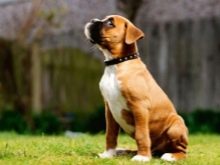
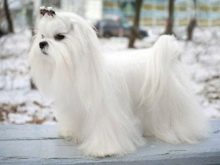
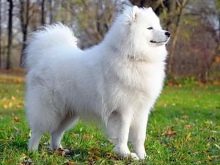
The oldest dogs
Species of these animals appeared at different times and under different conditions. From the moment evolutionary research began, experts tried to find out how long the dogs appeared and which ones are older. But previous attempts made in the last century have given unsatisfactory results. Therefore, referring to the old literature in search of an answer to this question does not make sense. It is much better to focus on a study conducted in 2004 by geneticists.
The results of the examination show that they are:
appeared earlier than others;
preserved the most ancient features;
closest in structure to the wild wolves of the genome (although this point is optional).
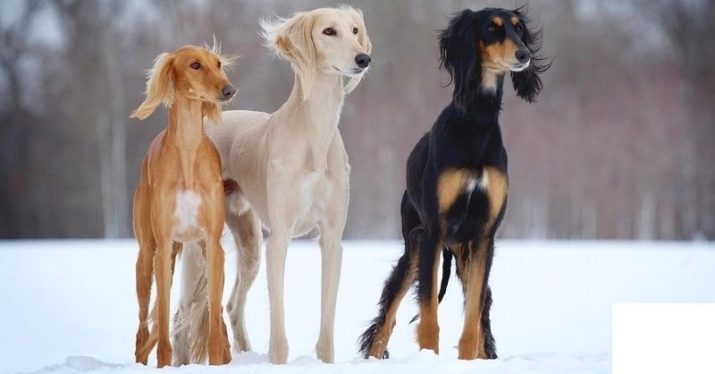
In the II millennium BC, a breed such as akita inu appeared in Japan. Subspecies such as Pekingese, Saluki, Samoyed dog are even older. In the I millennium BC, were derived:
Afghan hounds;
Lhasa
shiba inu;
Siberian Husky;
Tibetan terriers;
Chow Chow
sharpei;
shih tzu.
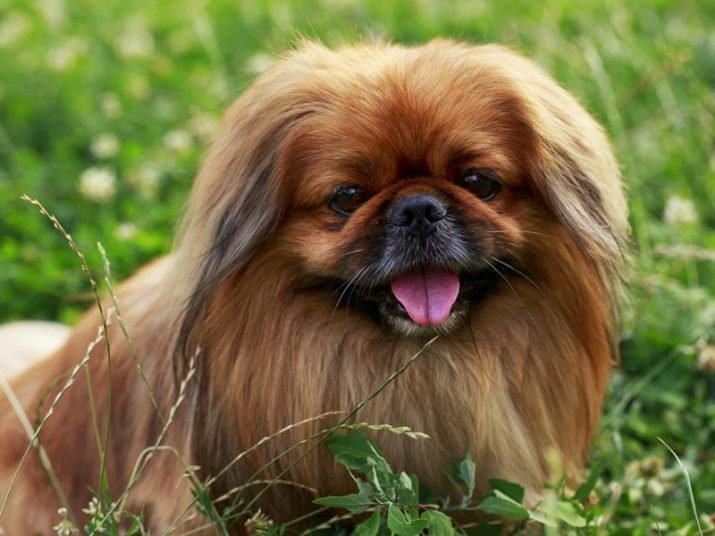
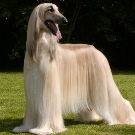
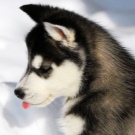

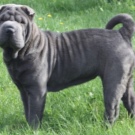
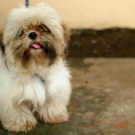
At the second level (slightly later breeds) are:
english bulldogs;
Newfoundlands
Pomeranian Spitz
German shepherd dogs
German boxers
bullmastiffs;
Swiss mountain dogs.
There is an assumption that Akita Inu existed at least 4 thousand years ago. In our country, however, such animals are almost never found. Alaskan Malamutes are another of the very ancient breeds. This is evidenced by an external resemblance to a wolf. And in Africa, one of the oldest types is considered basenji. Its unusual feature is the inability to bark.

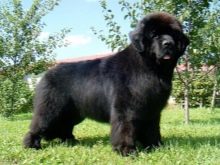
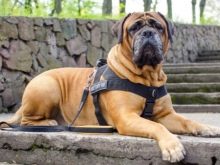
Species at the site of breeding
Listing dog breeds alphabetically is not too appropriate. It is much more correct to distribute them by region of origin.
Italian
Among the animals created in Italy, high Neapolitan mastiffs attract attention. Their height reaches 0.65-0.75 m, and the mass is from 60 to 70 kg. Such individuals were first used in the ancient Roman period when fighting dogs were created.
But compared with their ancestors, modern Neapolitans are much calmer, differ in devotion to the owners.
It was possible to reduce their aggressiveness. Despite these positive properties, the breed is not suitable for keeping in homes with small children. The reasons are considerable mass and huge size.
A large physique is also characteristic of the ancient Maremma-Abruck sheepdogs. They try to stay with extraordinary dignity. A characteristic feature of shepherd dogs is fearlessness and constant vigilance. Because of pride, they are not suitable for inexperienced dog breeders. At the withers, these animals grow to 0.65-0.73 m, their mass can range from 35 to 45 kg.
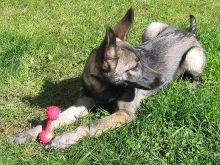
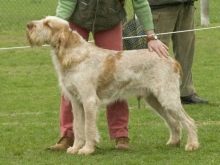
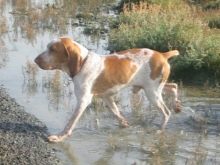
French
In France, a lot of fashionable varieties of dogs were bred. No one will undertake, of course, to assert their absolute advantage. However, in any case, they deserve attention. We are talking, for example, about the Bichon Frize (aka French lap-dog or tenerife). Unlike the same basset hounds, the owners will never see sad eyes - the eyes of these animals are inquisitive.
Teneriffs are covered with snow-white hair of a silky structure. Their health level will please most people.
Other positive qualities include advanced intelligence and true devotion to the owner.
There are dogs in France (marriage). They look no less attractive than spotted Dalmatians. Brakk is distinguished by extraordinary stamina and can hunt in any weather. This breed is recognized as one of the best among cops. They are characterized by:
friendliness;
complaisance;
obedience;
pronounced affection.
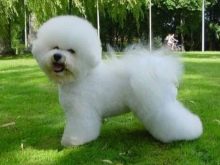


The sensitivity of pets is expressed in grievances on increasing the tone, especially on physical punishment. Trainers should avoid undue harshness and rudeness. Marriage has a white-brown color. Brown spots have different saturations. French mastiffs, bulldogs, and short-haired shepherds also deserve attention.
Basset Hounds are also an attractive French dog breed. They have relatively short curved legs. The body of the animals is disproportionately elongated. They are covered with brown, juicy red and white spots. Such pets are persistent and proud, however they are good-natured and keep neutral, calm with their children.
For this breed, hierarchy plays a crucial role. They behave steadily disciplined. If necessary, they will certainly come to the aid of the owners. Basset Hound behaves tolerantly towards other animals. You can also make homes and hounds Ariejo.
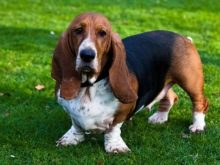
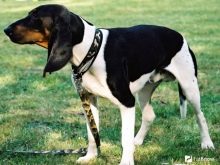

Australian
On the territory of the continent there are also various native dogs. Australian shepherd dogs (the common name is kettle dog) stand out for their impressive intellectual development. In this regard, they are at least not inferior to the Siberian husky or husky. "Australians" are always faithful companions. If necessary, they courageously protect their owners. But in relation to members of their families, animals behave like friends, but do not show a special impressive affection.
The height of the kettle dog can reach 0.42-0.5 m, and the mass varies from 15 to 20 kg. It is possible to keep it in the apartment, but it is not recommended. The demand for the breed is due to:
attractive appearance;
considerable stamina;
excellent obedience;
unusual origin (from a dingo dog).
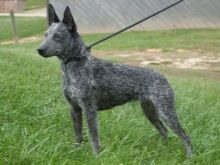
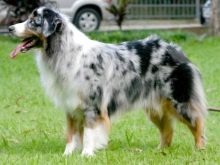
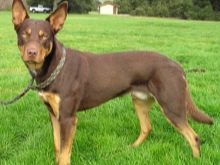
Spanish
On the territory of the Iberian Peninsula, of course, there are also indigenous types of dogs. There are more than 30 of them, while some of them are still not included in the lists of the World Cynological Association.
Excellent reviews come on the Spanish Alano, which in the past was used:
in the protection of herds of cattle;
when hunting bears, wild boars;
for fighting.
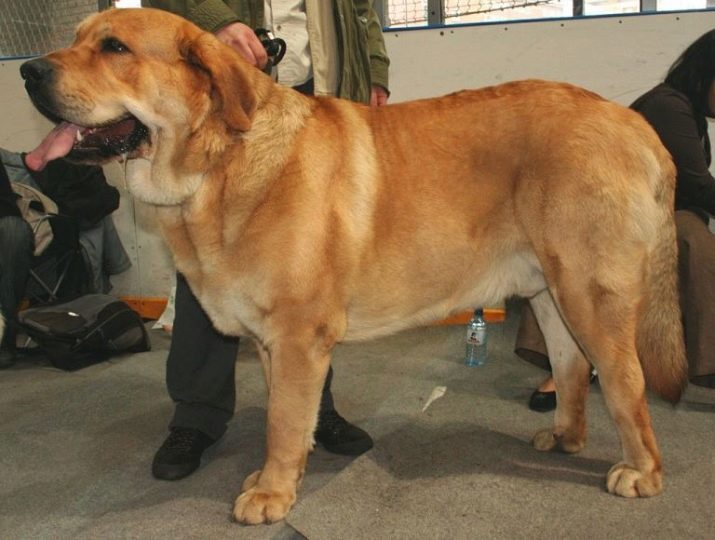
Not surprisingly, these animals stand out for their courage and stamina. Alano rushes to meet a predator or other enemy, saving the owners, even if he himself faces death. The Spanish mastiff has a good reputation. He was bred purposefully for the protection of herds, having done significant breeding work.
Mastiffs are loyal to the owners, however, they require continuous care, otherwise they often close and display aggression.
Since ancient times, people know Spanish galgo. It was widely used for hunting hares and was considered one of the most valuable greyhounds in the world. Previously, there were special laws that strictly punished for his abduction or injury. But Spanish water dogs have become popular companions. They were brought, as they assume, by traders from Turkey, and are distinguished by developed muscles, because of this they dive and catch fish perfectly underwater.

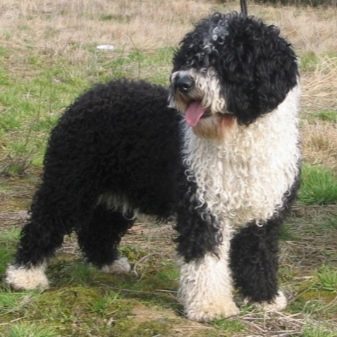
Korean
On the Korean peninsula, there is such a breed of dogs as Hindo, or, in other words, chindokke. The growth of these animals can range from 0.45 to 0.55 m. Weight varies from 15 to 23 kg. Pets are characterized by pronounced sexual dimorphism. The name of the breed is given in honor of the island where it first appeared.
In the description of Korean dogs, it is worth mentioning that there are no written materials about their appearance. But there is reason to believe that the breed has existed since ancient times. It is believed that it has become a side branch of the development of Mongolian dogs, although there are other versions. Individuals living on the island preserve the characteristics inherited from long-standing predecessors. Since 1962, jindo have been declared a national treasure of the South Korean Republic. Their conservation and further development is carried out by a special research center.
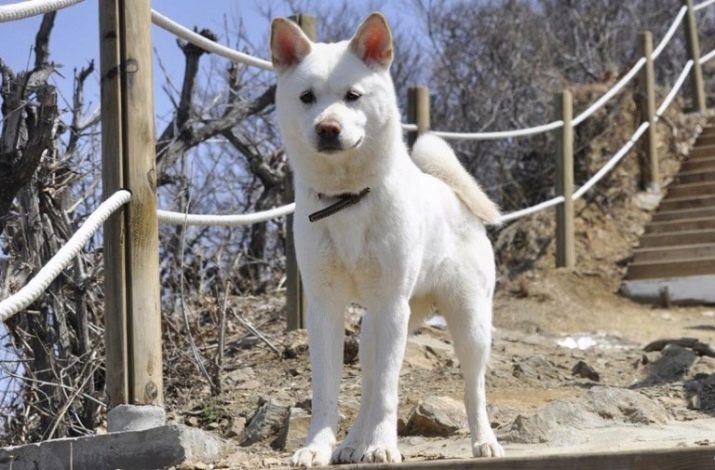
The difference from any other Spitz-like breed and hybrid is the proportions of the skull, the head as a whole, the muzzle and trunk. Chindo is smart and strong, vigilance is characteristic of him. The breed has two types - muscular and characterized by harmony. The State Cynological Association of South Korea usually also identifies a third subtype - its body is elongated and its chest is quite deep. Animals can have tiger, fawn, gray, white, black and black and tan colors.
In the northern part of Korea, the hunting breed Phunsan is bred. Its name comes from the highlands where these animals were first created. Outside the North Korean territory, the breed practically does not occur. A characteristic feature is a thick thick coat, mainly white. Phunsan often has a hooked tail, his ears are very pointed. These animals are agile and are very powerful.
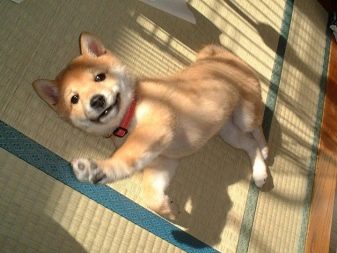
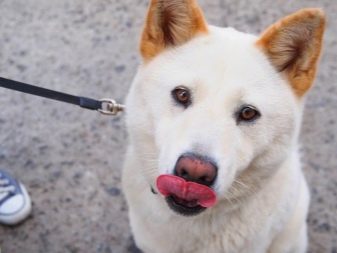
Scottish
In the northern part of Great Britain, species of tetrapods no less adapted to bad weather than phunsan are widely found. Among them, the attention of dog breeders has long attracted the collie. This is not just one breed, but rather a whole conglomerate. Professionals usually produce border collies and bearded dogs. But the allocation of long-haired and short-haired animals causes intense debate.
Both the worldwide organization of dog handlers and its Russian branch recognize them as two branches. But the British themselves believe that shorthair collies should be considered separately. Longhair dogs are of very vague origin. There are versions about their appearance from:
animals used by the Scottish Celts;
individuals brought to the island by Roman conquerors;
Icelandic variety.
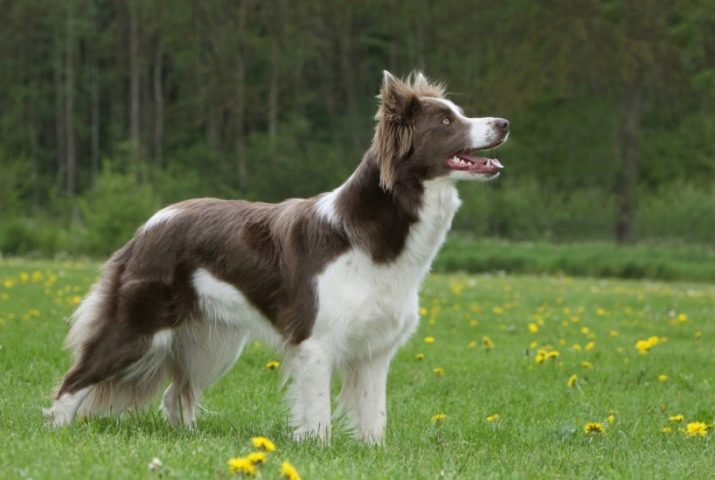
Collies are as widespread as possible thanks to Victorian politics. Then these shepherds began to be used as assistant shepherds even in New Zealand and Australia. They were appreciated for their calm disposition and lack of viciousness. Later, when the relevance of dog support for herds decreased, the same properties made it possible to make excellent home companions from a collie. In our country, they first appeared in 1904 as orderlies on the Japanese front.
In Scotland, there are also eared dogs - Scottish terriers. Initially, they were used in hunting foxes, badgers and other inhabitants of deep holes. This breed has been deliberately developed since the 19th century. You can meet the Scottish Terrier almost throughout the globe. Animals are distinguished by powerfully developed muscles; their head is strong, but at the same time proportional to the body.
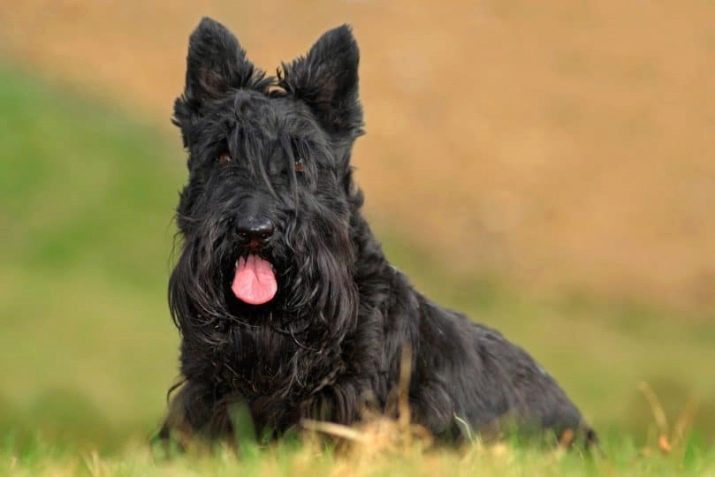
Scottish setters also boast long ears. They are used as gun dogs. Along with hunting use, the Scot can be a great companion. Dog handlers suggest that this species came from spaniels. The sizes of individuals grew due to crossbreeding with other dogs (usually they were supposed to be pointers).
Breeders with the support of hunters diligently standardized the setters. Such a specialist as A. Gordon, tried to expel the snow-white color. He managed to create an ideal hunting dog for the conditions of Scotland. And it was Gordon’s nursery that was home to the first setter, transported to the other side of the Atlantic Ocean. At the beginning of the XXI century, the number of these animals in North America decreased significantly and now they are extremely rare.
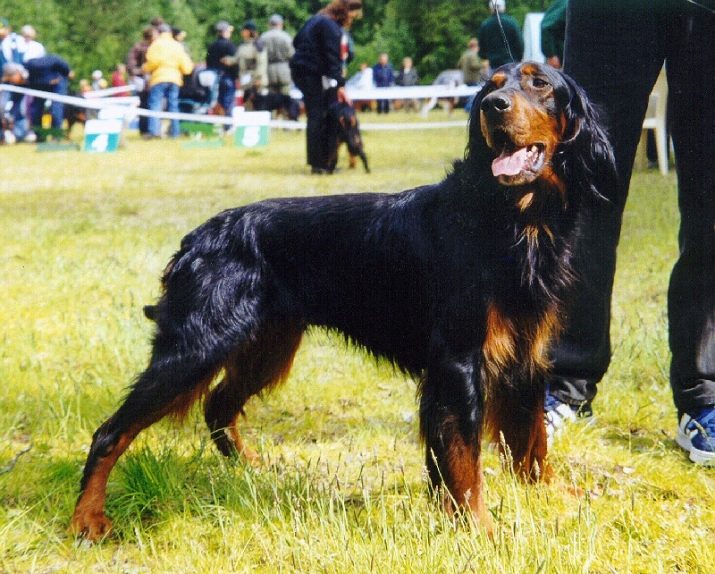
Varieties by color
Whites
Knowledge of the names of the breeds and their characteristics, of course, is important. But many people primarily pay attention to the coloring of pets. White animals look charming, which is why you should start with them. Akbash dogs (bred in Turkey) are often an attractive choice. This breed has been rapidly gaining popularity in recent years.
She appreciates life outside the city, and in cramped rooms she does not feel too well.
A large white animal loves to play outdoors and is not prone to aggressiveness. Akbash behaves neatly with small children, with full awareness of the responsibility that has appeared. Despite the color considered to be easily soiled in this breed, the dog's coat remains clean for a long time. It will have to be combed out approximately 1 time in 7 days.
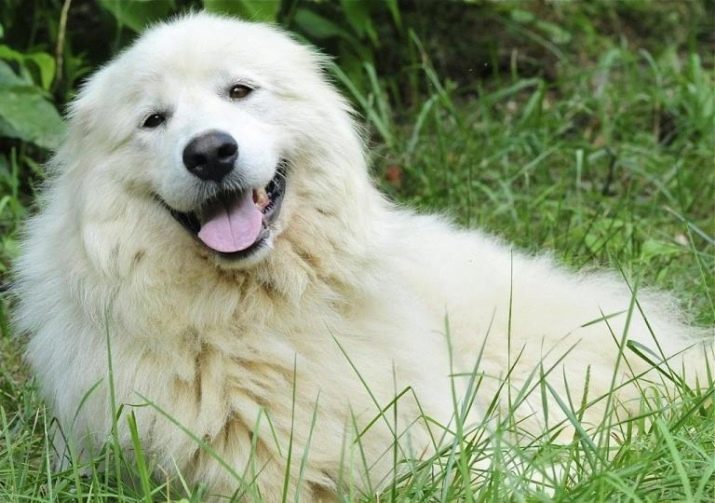
White color is also characteristic of the Argentinean dog - a kind of hybrid of Spanish mastiffs, bulldogs, wolfhounds of Ireland and a number of other dogs. The key base breed is a fighting dog from the Spanish Cordoba. White dogs can be violent, so careful training is required. Argentines protect the home very well. They like active games, long walks.
The standard is white color for the bull terrier. It was obtained by hybridizing an English bulldog with Dalmatians and terriers. An energetic, strong dog is kind, he will like any classes with the owners. But loneliness, even for a short time, is poorly tolerated.
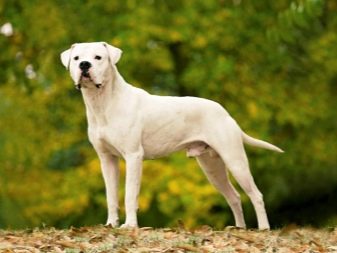
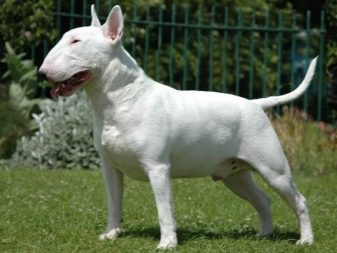
Black
Very dark hair is also popular with many people. In addition, such a coloring is often considered mystical and unusual. An example of black dogs is the affenpincher; he is also one of the smallest breeds. Affenes are mobile and strong, well trained to catch rodents. The comic effect of appearance is due to the monkey-like muzzle and beard.
In France, there is also a black dog - a barbet (although it may have other colors). These animals are medium in size. They are covered with coarse hair, stopping cold and moisture. Barbets are described as:
friendly
clearly performing commands;
fast-learning dogs.
Barbets bring undoubted benefit in communicating with children, with families in general and with people of age. The pet will be steadily connected with the whole family and will always be in the same room with the owners, if possible. Such an animal requires systematic physical exertion, without them its health is upset. Barbets are characterized by a craving for water, especially since stiff hair makes swimming easier, regardless of the weather. Also worth noting is the black Belgian Shepherd Groenendael.
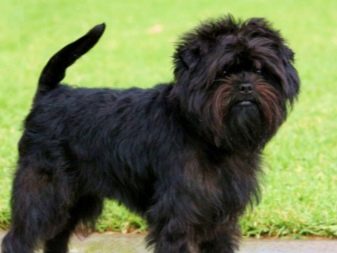
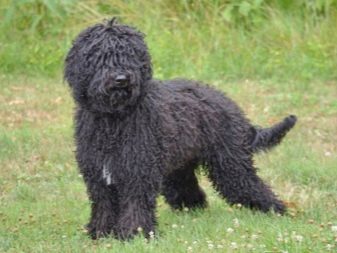
Redheads
This color is typical for Thai Ridgebacks. But these animals can have gray, black, and even bluish colors. Breeding animals began several centuries ago. Since visiting Thailand at that time was impossible for foreigners, for a very long time the breed remained unknown outside the country.
Thai Ridgebacks were obtained through the hybridization of Spitz-shaped dogs with ordinary-looking hounds. The size of the dogs is not too large, their coat is also short. Animals are quick. It is not difficult for them to jump high or rise to a high place. Loyalty to the host family is accompanied by suspicion of any outsiders.
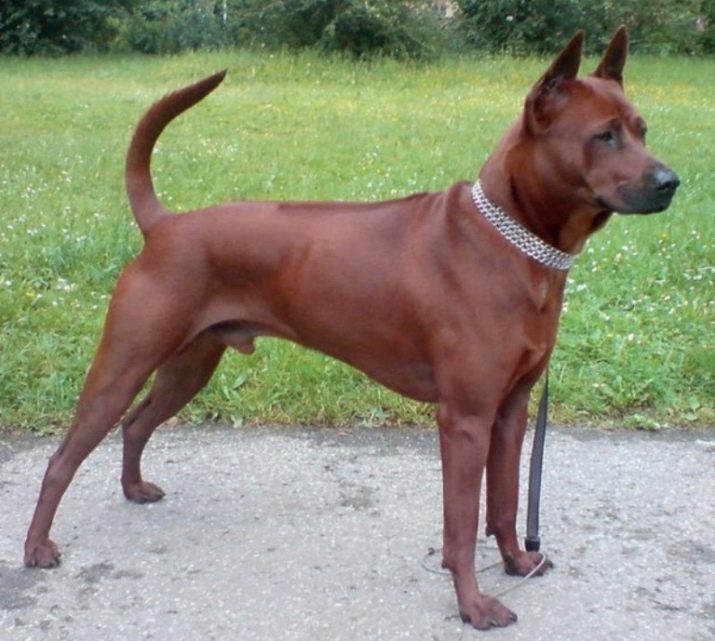
Brown
Brussels griffons have the corresponding coloring. The size of this dog is relatively small. She is able to live from 12 to 15 years. In the descriptions, such traits of her character are noted as:
fair alertness;
inquisitive disposition;
high emotional sensitivity;
vigilance in relation to everything unusual;
self-esteem.
Griffons can have both stiff and smooth coat. Based on typical aesthetic standards, the breed is not so beautiful. However, she shows an impressive personality and is appreciated wherever such animals appear. Despite the formal belonging to the “toy” category, griffins are by no means coddled.
They need to be fed strictly according to the schedule, since the slightest deviations are dangerous.
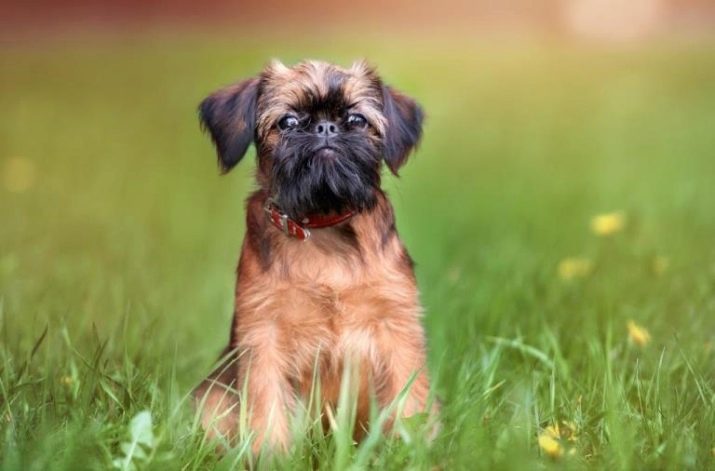
Brown can also be a poodlepoint. This is a large dog of German origin. They are used for gun hunting.The legs of the poodle are straight, set well and securely support the body. The coat of this breed is dense enough to protect it from the weather.

Multicolor
Sometimes any one coloring of a dog does not suit people. Then it is useful to pay attention to individuals painted in two or more colors. An exceptionally spectacular option is the three-color color characteristic of a collie. Such dogs have a radically black background, with a glossy shimmer in the sun.
Marble, it is blue merle - another color of this breed. Such animals were recently bred and have not yet managed to get wide distribution. A silver-blue background dominates in this color. On top of it are black marks, spots and veins. Therefore, they speak of an elegant marble pattern.
The breed standard welcomes the presence of red tan. However, individuals should not be discarded in their absence. The jury of the exhibitions is much stricter than the grayish or brown color of the spine and undercoat. Regardless of the specific color, whitish marks are a must. For them, they even coined a special term - Irish spotting.

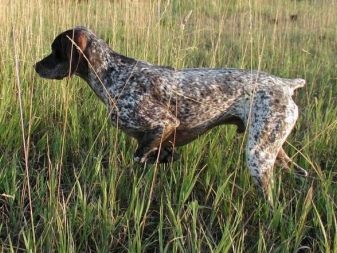
A good alternative is the Czech motley dog. This animal was bred by Professor Horak with the expectation of getting the perfect companion. Adult individuals are of average size. They are friendly to the owners, they do not cause inconvenience to them with their character, and in addition they perfectly guard the yard, the house. Motley dogs are adapted for life even on the street, do not require specific food and stand out for their stable health.
Another type of multicolor animals is the Ecuadorian catahula hairless dogs. Contrary to the name, these animals with leopard coloring appeared in Guatemala during the hybridization of the Peruvian and Mexican branches. They are extremely difficult to find even in South America. There is not a single nursery or breeder who would offer to buy such puppies. Such animals are considered excellent helpers on the hunt, but are unable to take a trace left more than 2 hours ago.
But they track down the game takes place in silence. Only occasionally a short bark is heard, and then the pet becomes silent. Katahula tend to stay at a reasonable distance from the owner. The primary hunting specialization is tracking animals. With the wild animals themselves, the dog will not fight.
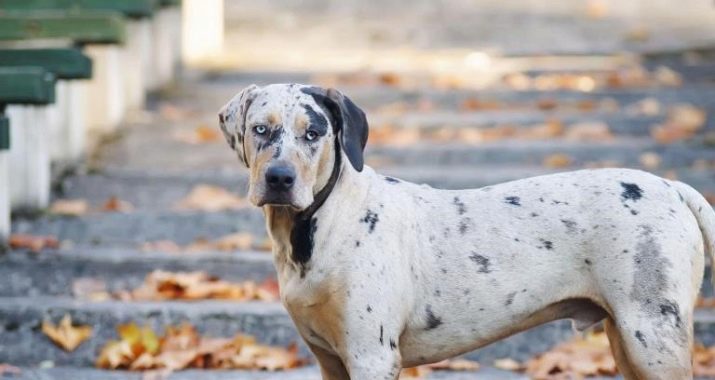
List of Interesting Breeds
Information about the color of the pet, of course, is not all. Many are interested in dogs with an unusual appearance, in particular, similar to lions. Such varieties were deduced, focusing on the formidable glory of the "king of beasts." A striking example of this is the Leonberger, bred in Germany. The breeder wanted it to be a dog that looked like a lion from the city coat of arms. In addition to the spectacular appearance, Leonberger can boast of suitability for protection and for agricultural work. They are mainly used these days as companions. This is facilitated by their kindness and poise.
Of the smaller animals, levhen attracts attention, it is also a small lion dog. Due to the disappearance of the need for a “court” pet, the breed almost disappeared by the beginning of the 20th century, but then enthusiasts restored it.
But lion-like dogs were bred outside of Europe. A striking example is Chow Chow. Their purpose is to protect housing and livestock, and partly to help with hunting. The stubbornness and loyal disposition intertwined in the character of animals. A characteristic external feature is the blue-black language.
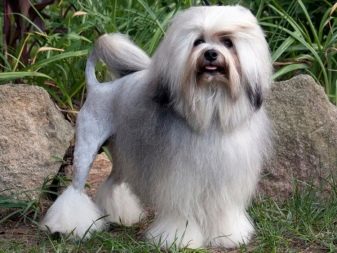
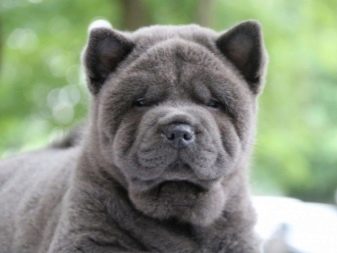
Tibetan mastiffs are similar to the African predator with their mane. Such dogs are used for protective purposes and as shepherds. They are very strong and smart. This allows you to provide reliable protection against all kinds of dangers. At the same time, the pet remains calm almost always.
South Russian Shepherds are also quite popular. They may be different from the magnificent African predator, but these dogs with bangs have tens of thousands of devoted followers. White dogs with a benevolent expression should not be misleading - their temper is cruel, and courage is almost indestructible.
Having correctly set himself in relation to the South Russian Shepherd, there is no doubt that she will become an excellent assistant and friend.
How this breed appeared, no one knows: already at the beginning of research, it existed in a significant number of individuals.
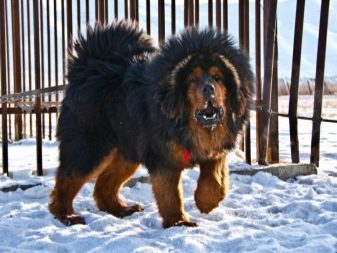
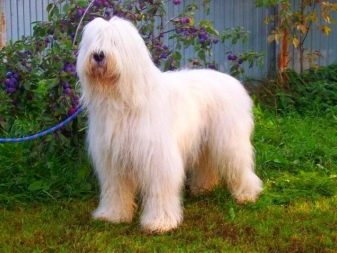
If you turn to the top of the known varieties of dogs, you are guaranteed to fall into it:
Yorkies
German shepherds and veo;
rottweilers;
Dobermans;
Labrador Retriever
Golden Retrievers
Spaniels
poodles;
Siberian Husky.
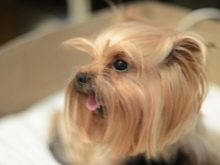
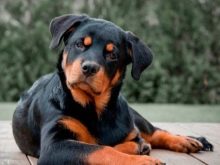
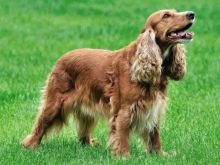
Some try to choose the most lazy animals. They are ideal for very busy people, as well as for those who do not want to redraw their daily schedule for the needs of the pet. A good choice in this case is the Neapolitan mastiff. The seemingly aggressive appearance is deceiving. In reality, the character of the beast is affectionate and good-natured.
It is also useful to pay attention to:
greyhounders;
english bulldogs;
basset hounds;
shih tzu.
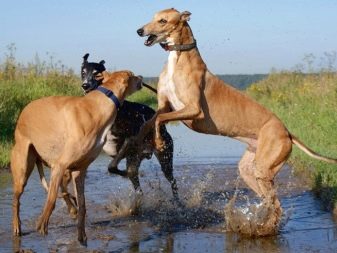
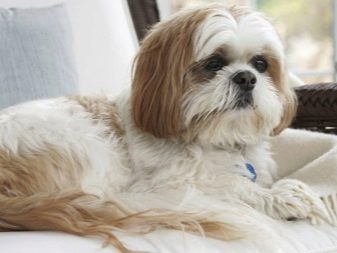
How to choose a pet?
But even the best and most affectionate, according to other people's reviews, breeds do not always suit people. Often, after a few months, the puppy looking touching and delivering fun with its behavior begins to create a lot of problems. In order not to have to get rid of the four-legged satellite in different ways, it is necessary from the very beginning to select it as thoughtfully as possible. Even if you liked one option at once, you should definitely get acquainted with other offers. It is possible that they will be even better in practice.
In this case, you should think about other subtleties:
financial opportunities;
amount of free time;
conditions for placing the animal in the house;
preferences and needs of other family members.
Often you can find references that only anti-allergenic animals are suitable as family animals. But not everything is as simple as it seems. If only because the selection of hypoallergenic rocks is somewhat arbitrary. There are a large number of allergenic substances that appear during the life of a dog. And danger always exists - the question is only in its magnitude.
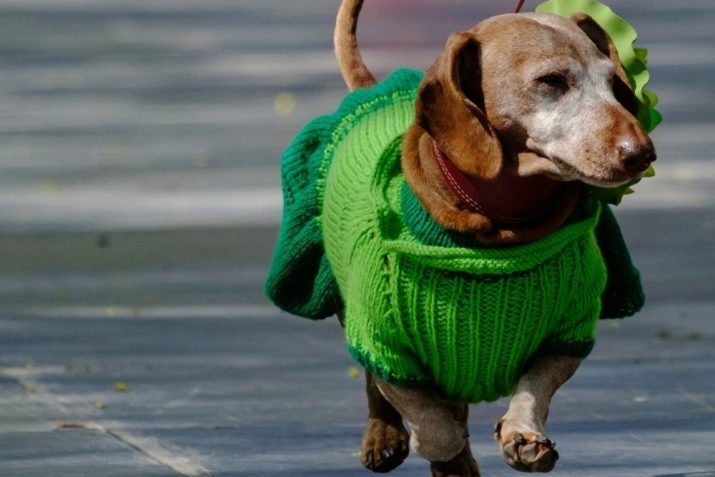
But allergy is not all. Home conditions of most people do not allow to allocate a lot of space for a large dog. She needs not only space for sleeping, but also for food, and several times more - for walks in the house. Small pets will grow quickly, much faster than children. And therefore deceiving, choosing a modest-sized puppy, is very dangerous.
The calmer the dog, the less problems it causes in the house.
But regardless of the breed, it is worthwhile to understand that small puppies will nibble on slippers and clothes, wires and shoes, documents and wallets.
Sometimes it makes sense to get a more adult animal. It is necessary to immediately clarify why a dog is specifically needed. As a simple companion and ally, it makes no sense to acquire expensive thoroughbred individuals.

What breed of dog to choose, see the video below.
